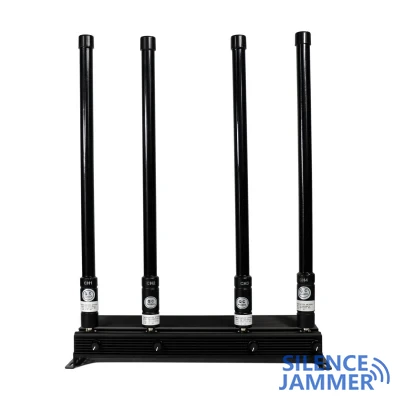With the widespread application of 4G LTE (Long Term Evolution) networks, the reliability and speed of wireless communications have been greatly improved. However, the interference problem is still a challenge that cannot be ignored in LTE networks. Interference not only degrades network performance but can also cause communication disruptions. This article will analyze the interference problem in LTE wireless networks in detail and explore its sources, types, impacts and countermeasures.

Types of interference in LTE networks
1. Self-interference
Co-channel Interference: Interference caused by overlapping signals of multiple base stations or user equipment on the same frequency band. This interference is especially noticeable in densely deployed networks.
Adjacent Channel Interference: Interference caused by signal leakage or excessive transmission on adjacent frequency bands. Although there are guard bands between frequency bands, strong signals can still cause problems.
2. External interference
External RF Interference: Interference sources from non-LTE devices, such as microwave ovens, Bluetooth devices, signal jammers and other wireless communication devices. These devices may interfere with LTE signals when operating on the same or adjacent frequency bands.
Environmental Interference: The impact of environmental factors such as terrain, buildings, weather, etc. on signal propagation. These factors can cause signal reflections, refraction, and diffraction, causing interference.
Impact of interference on LTE networks
The impact of interference on LTE networks is mainly reflected in the following aspects:
Reduced signal quality: Interference will reduce the signal-to-noise ratio (SNR), resulting in reduced communication quality and increased bit error rate.
Reduced network capacity: Interference will occupy effective spectrum resources and reduce available bandwidth, thereby reducing network capacity.
Increased latency: Interference causes an increase in the number of retransmissions of data transmission, thereby increasing communication delays.
Increased call drop rate: Severe interference may cause the communication link to be interrupted and increase the call drop rate.
Interference source analysis
1. Base station interference
Interference between base stations is mainly caused by unreasonable allocation of spectrum resources. When densely deployed base stations operate on the same frequency band, co-channel interference is prone to occur. In order to reduce interference from base stations, it is necessary to rationally plan spectrum resources and adopt technologies such as cell splitting and frequency reuse.
2. User equipment interference
User equipment (UE) may interfere with each other in high-density environments, such as stadiums, commercial centers and other areas. To solve this interference, it is necessary to optimize the resource scheduling algorithm and adopt interference coordination technology.
3. Interference from external equipment
External devices such as Wi-Fi and microwave ovens may produce radio frequency interference during operation, affecting the normal operation of the LTE network. Interference sources need to be monitored and managed to ensure the normal operation of the LTE network.
Responses
1. Interference detection and management
Spectrum analyzer: Use the spectrum analyzer to monitor interference sources in the network, locate the interference location, and take corresponding measures.
Interference management system: Deploy an interference management system to monitor and manage interference in the network in real time, and automatically adjust network parameters to reduce the impact of interference.
2. Network optimization
Frequency planning: Reasonably plan frequency resources and adopt technologies such as frequency reuse and cell splitting to reduce co-channel interference.
MIMO technology: Multiple-input multiple-output (MIMO) technology improves signal quality and anti-interference capabilities through multiple antenna systems.
Interference coordination technology: Use technologies such as ICIC (Inter-Cell Interference Coordination) and eICIC (Enhanced Inter-Cell Interference Coordination) to coordinate resource allocation between adjacent cells and reduce interference.
3. Management of external interference sources
Shielding measures: Conduct electromagnetic shielding on important base stations and equipment to reduce the impact of external radio frequency interference.
Frequency band separation: Reasonably allocate the frequency bands of different wireless communication systems to ensure the isolation of LTE networks from other device frequency bands and reduce external interference.
in conclusion
Interference is one of the main challenges faced by LTE wireless networks. Through reasonable spectrum planning, advanced technology application and effective interference management, the impact of interference on network performance can be significantly reduced. In the future, with the application of new technologies such as 5G, anti-interference technology will be further developed to ensure the efficient and stable operation of wireless communication networks.


